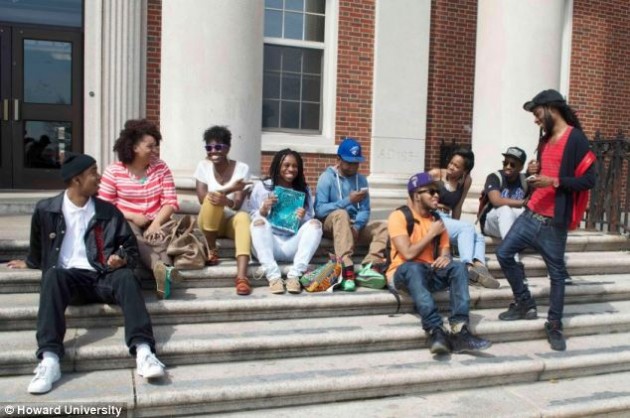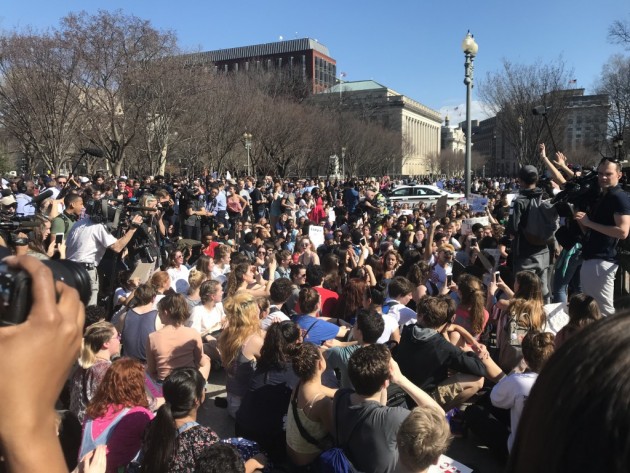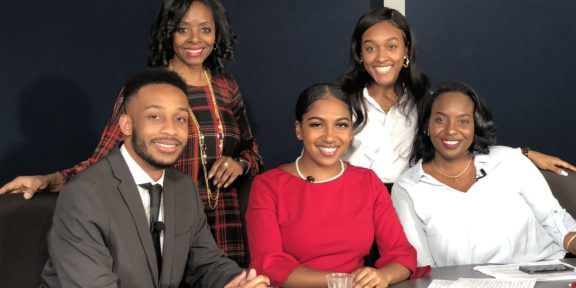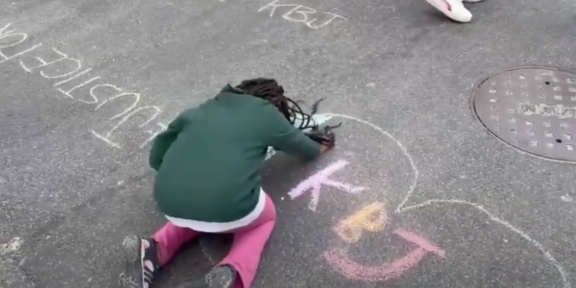
September is National Sickle Cell Awarenss Month. Photo Courtesy of SOS Walk
WASHINGTON — The vast majority of the more than 700 people that had gathered on the National Mall in the heart of the nation’s capital had never met Ibrahim Kargbo. It’s safe to assume that most of them have never even heard the name.
Still, they came from across the country- Washington, New York, Pennsylvania, Delaware and Kentucky- to walk this past weekend in the rain to help him and so many like him.
Kargbo, 28, has sickle cell disease, a debilitating, life-threatening blood disorder that affects over 100,000 Americans, the vast majority of them black.
For the past nine years, the Faces of Our Children and the Howard University Center for Sickle Cell Disease have been working to raise awareness and money through their annual Stomp Out Sickle Cell Walk, SOS Walk, which is why hundreds gathered Saturday to do what they can to help.

Faces of Our Children. Photo Courtesy of SOS Walk
Participants paid a registration fee and the proceeds went to local programs and services for people with sickle cell.
Face painting, caricature drawings and exhibitor booths were available for walkers to enjoy during post-walk activities.
Numerous organizations participated, including as Phi Beta Sigma Fraternity, Omicron Zeta Sigma Chapter and Top Ladies of Distinction, Prınce George’s County Chapter.
Last year, the SOS Walk raised over $20,000 for sickle cell research and programs. This year’s goal was $75,000.
Kargo has lived with the disease since birth. It has sent him to the hospital countless times He said most days for him are filled with terror and excitement, not knowing if he will once again have to return.
“You never know when you will have a Sickle Cell Crisis and you never know when you will be in the hospital,” said Kargbo, a patient at the Center and head of a group of clinical and public health officials who work to improve certain outcomes for people with sickle cell through health education, research and outreach.
“One day you can be getting ready for work in the morning and a few hours late you are kicking and screaming in the hospital with severe pain.”
Dr. Patricia Oneal, clinical director for the Center for Sickle Cell Disease said while the disease mainly affects those of African descent, it also attacks people of Mediterranean and Middle Eastern decent and people from areas where malaria is common.
This lack of tissue oxygen associated with the disease can cause severe pain called Sickle Cell Crisis which brings patients into the hospital, Oneal said.
Dr. Sohail Rana, a sickle cell specialist and director of Pediatric Hematology/HIV Services at the Center, calls the illness one of the most tedious diseases around the world. Dealing with it means visiting specialists, doing screenings for blood flow, finding pain medication that works and sometimes even bone marrow transplants or blood transfusions, he said.
Kargbo, for example, has had a hospital visit last for two weeks and in one admission had to receive four to five pints of blood transfusion.
“Sickle cell disease is very much here and it needs more funding, but most importantly it needs more involvement from the community,” Rana said. “Unfortunately not many congressmen’s children have sickle cell. So you don’t hear the noise on the hill.”
Kargo said one of the big problems with the disease is that so few people are conscious of it.
“Without awareness what we go through everyday doesn’t exist,” Kargbo said. “Everybody knows what breast cancer is, and because of that awareness, the government funds a lot of the research that goes into cancer. So, without sickle cell disease awareness, the little funds that we already do receive definitely will not be there.”







